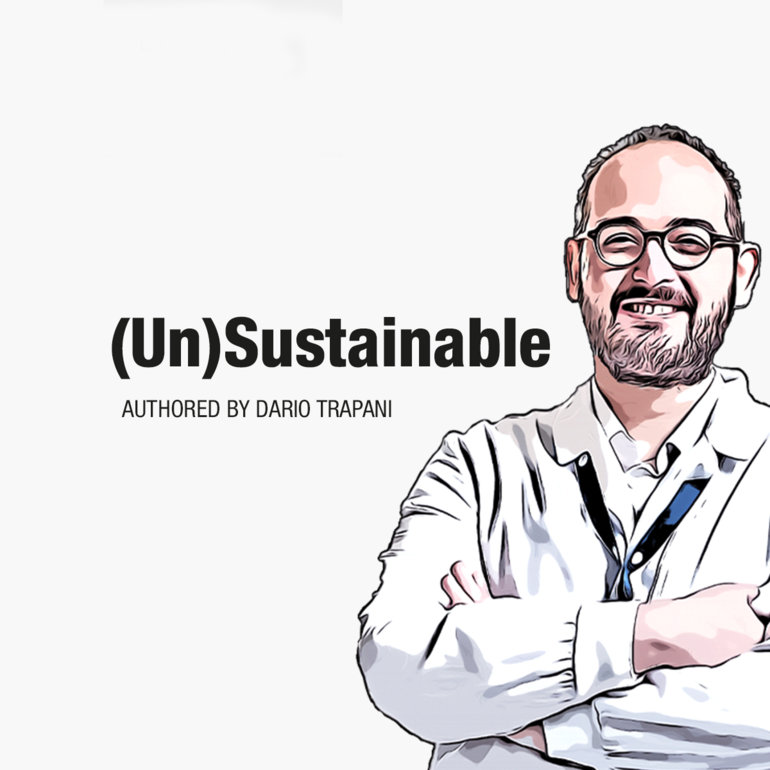Adding precision to dose-finding in early-phase clinical trials has become critical in the immunotherapy era, and moving away from paradigms of the past has become mandatory
Dose finding is the core of drug development, setting the stage for efficacy by ensuring safety first. The higher the dose, the more toxic the treatment, it is said, and many early-phase trials have been historically driven by finding the dose that is maximally tolerated by patients, often regardless of the anticancer activity demonstrated (J Natl Cancer Inst. 2009 May 20; 101(10): 708–720).
Longer follow-up survivorship care studies have then clarified that acute toxicities are only one component of safety, because health implications of antineoplastic agents may be better reported in terms of cumulative doses or delayed clinical occurrence (Ann Oncol. 2020 Feb;31(2):171-190). Toxicity evaluation circumscribed to a single treatment administration is insufficient when a serious adverse effect can occur later on and affect people lifelong. With chemotherapy agents, this is observed more rarely, notably with anthracyclines, but with immunotherapy agents, later occurrence may be the rule sometimes.
Still, drug development has stuck to the principle of avoiding “dose-limiting” toxicity (DLT) in the immediate time: the dose level is OK, it suggests, when it is neither lethal nor leads to life-threatening events in the shortest term.
DLT has been guiding drug development for a long time, and the “maximum tolerated dose” is currently the most common endpoint in early-phase clinical trials. In the traditional 3+3 dose-finding designs, no more than three patients are required to establish if a certain level of dose is tolerated or not, and if an increase of the dose is safe enough to be tested in the next steps of the clinical trial. But will three patients reflect an entire population of patients sufficiently for capturing the inter- and intra-patient tumour heterogeneity to ultimately define which the best dose is? Probably, not.
Is a higher dose always better?
Still today, it seems oncologists are more prone to accept a “maximum tolerated dose” than a “minimally active dose”, and justifications are to be found in some disease settings.
In head and neck cancers, for example, higher doses of cisplatin have been traditionally associated with better survival (Front Oncol. 2019 Feb 21;9:86). Also, for gastro-intestinal stromal tumours, doubling the dose of imatinib is a common clinical strategy to overcome resistance to standard dose (Cancer. 2010 Apr 15;116(8):1847-58; Blood (2015) 126 (23): 2955).
However, the experience with dexamethasone in multiple myeloma has demonstrated that dose matters: when used at high, standard dose, in combination treatment, it results in a higher risk of infections and inferior survival compared to low-dose steroid.
While for immuno-oncology drugs such as the anti-CTLA4 immune-checkpoint inhibitor ipilimumab, interleukin-2 and in some settings interferon seem to be more active, and more toxic at higher doses (J Immunother Cancer. 2020 Jun;8(1):e000391), a clear difference between activity and safety depending on dosing has not been reported with PD-1/PD-L1 inhibitors yet (J Immunother Cancer. 2016; 4: 72).
The clinical development of the anti-PD1 immune-checkpoint inhibitor nivolumab had started with a dose finding throughout a broad range of doses (from 0.1 to 10 mg/kg,) (Clin Cancer Res. 2015 Oct 1;21(19):4286-93), with no maximal tolerated dose reached - all the doses were in fact similarly tolerated. It is demonstrated that near-full occupancy of target receptors is achieved with doses ≥0.1- 0.3 mg/kg of nivoumab (N Engl J Med. 2012 Jun 28;366(26):2455-65); this is less than tenth of the doses clinically used (Clin Cancer Res. 2015 Oct 1;21(19):4286-93). For pembrolizumab, PD-1 occupancy above 95% is achieved with ≥1 mg/kg, that is a half of the doses clinically used. For atezolizumab, 4 mg/kg very 3 weeks is sufficient to achieve 90% target receptor occupancy, while the approved dose is four times more. Immune-checkpoint inhibitors, especially the PD-1 and PD-L1 inhibitors, and the novel immune-oncology agents, are “acutely” well-tolerated. So, it is commonly the case that doses clinically found to be maximally tolerated are far above the maximal amount needed to reach target saturation and possibly, the plateau of clinical activity. It means that patients receive more drugs than needed to get the best response, in the safest conditions (Nat Med. 2022 Nov;28(11):2236-2237).
Is that amount in excess truly required and equally safe? To date, it is unclear how a higher dose of anti-PD(L)1 modulates the immune response in comparison with a lower dose, and if detriment in safety-activity can be anticipated. For now, it may represent a wastage of drug – that is not negligible.
Dose optimization to deliver economic benefits
Some have tried to utilise dose optimization to yield economic benefits. To pursue sustainability based on pharmacokinetics and clinical observations, low-dose immunotherapy clinical trials have been designed in some low- and middle-income countries. The idea behind is that a lower dose of immunotherapy is able to achieve similar clinical benefits. An extreme low-dose reduction of immunotherapy has been reported in the context of a randomised, phase 3 clinical trial from the investigators of the Tata Memorial Hospital, in India. The authors tested a schedule of chemotherapy combined to nivolumab at the dose of 20 mg flat dose once every 3 weeks in patients with advanced head and neck squamous carcinoma. This is more than 90% lower than the approved schedule. With the use of the low-dose immunotherapy, the trial showed an increase of the overall survival of 45% (hazard ratio, 0.545; 95% CI, 0.362 to 0.820; P = .0036) (J Clin Oncol. 2023 Jan 10;41(2):222-232). Such a benefit is not very dissimilar to the one reported with the full dose anti-PD1 agents in this setting. While the indirect comparison of trials may be not appropriate and often misleading, it should not be neglected that an extremely lower dose of immunotherapy was able to prove a tangible survival benefit, in a biologically plausible manner. For some, data as such represent the evidence base to indicate lower dose of immunotherapy and a way to a fairer resource allocation and more efficient health investments (Ann Oncol. 2022 Apr;33(4):360-361). But this may be not true, if the cost per milligram of a lower dose is set higher - that will be the case, if lower-dose immunotherapy will establish worldwide (JAMA Netw Open. 2019 Jan 4;2(1):e186875). I believe that optimizing dose-finding per se in early-phase clinical trials is not expected to portend economic benefits. Post-hoc trials using optimised schedules will do so.
Do new therapeutic paradigms deserve new dose-finding approaches?
Recent recommendations developed by the Methodology for the Development of Innovative Cancer Therapies (MDICT) Taskforce, whose work is supported by ESMO, addresses some of the critical steps for dose finding. The paper highlights an interesting change in perspective: a dose finding clinical trial should not necessarily result in a single dose for subsequent drug development, but rather in a range of doses. Also, the focus on a maximum tolerated dose is shifted to the minimally reproducibly active dose, recognising that some tumours may present an enhanced sensitivity to certain agents, therefore requiring adapted doses. Emphasis is finally put on non-clinical data, to guide drug development as informed by pharmacokinetics and pharmacodynamics assays and driven by patients’ experience and tolerability.
By adding precision in dose finding and recognising that a single dose to all is still a too rough assumption to capture the spectrum of heterogeneity across patients and populations, early phase clinical trials may finally move forward to patient-centric designs in oncology research.
In the next future, we need to see more patients’ experience and perspectives integrated into trial design and less arbitrary, but more efficiently guided testing of anticancer medicines.





